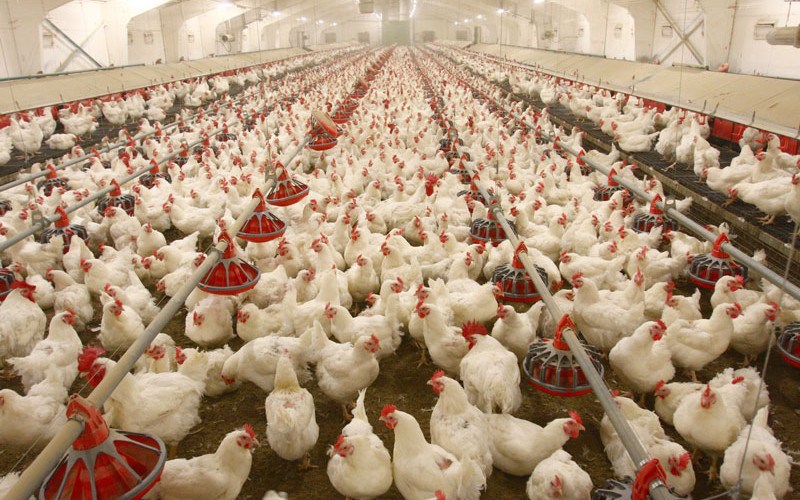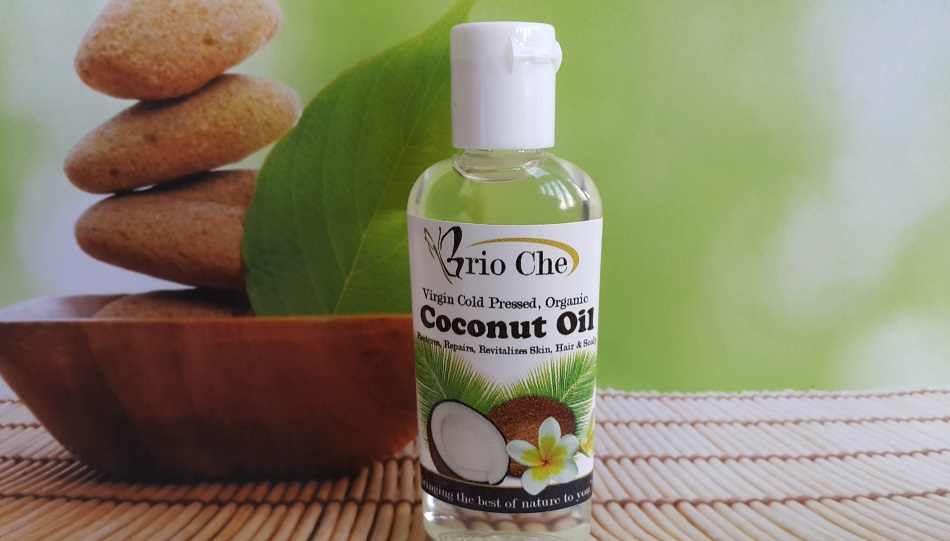St. Vincent and the Grenadines may not be a production powerhouse in the Organization of Eastern Caribbean States (OECS), but it has a lot of potential.
Even amidst its small size, small population and non-oil producing status, the country continues to leave its mark when it comes to the production of award-winning rum, chocolate and beer.
Entrepreneurs like Jasmin Dean have been successful in making soap. Packaged fish, eggs and other commodities are also successfully made.
Here are twenty other areas the private sector in St. Vincent can invest in and possibly gain some success in 2020:
1. Local poultry: Before a flood in 2013 wiped out much of his farm, former senator – David Browne once reliably supplied chicken to the a local branch of the international fast food franchise, KFC. In 2004 was the year in which he did most of this. While doing this, he was still contributing to eggs on the local market from part of his farm dedicated to rearing layer birds.

David’s previous success shows that success can be achieved if private poultry farmers come together and try to put a dent in the more than $20 million per year in poultry imports from the country’s import bill.
According to Searchlight Newspaper, foreign investors saw the potential in chicken production here in 2011 and were going to set up shop to provide jobs for over 850 Vincentians in poultry production and aimed to make the country a of net exporter of poultry. It is not clear where that plan went.
2. Breadfruit flour: Some local entrepreneurs have been experimenting with this idea already, but with more effort and some investments (perhaps grant funding), St. Vincent the The Grenadines can be a serious producer of one of the most nutritious forms of flour around – Breadfruit flour, even if done so for a niche audience.

3. Packaged Cassava Bread: Cassava bread is an important part of our heritage. Entrepreneurs such as Maxwell Sayers of Role Model Fruits are regular suppliers of ground baked Cassava (farine) and Cassava bread (bam bam). What if the technology could be developed or used to help us package cassava bread in durable bite-sized snacks? Guava-infused cassava bread? Cassava bread – peanut butter treats? Who knows? Our food and nutrition people, chemists and agro-processors have some work to do.

4. Onion production: Onion production was once a thing in North Leeward, St. Vincent. There was even an Onion Growers Association, who in the early 1990’s, consisted of about 60 small farmers in the Troumaca area, receiving technical assistance from CARDI, according to Rittgers and La Cra 1991.
Today, some small farmers continue to experiment with onion production successfully, and local onions are sometimes sold at a few leading supermarkets. A little more pushing and use of science and technology can expand onion production to feed the local market in St. Vincent. If we can get the technology right, then such a move could help reduce the nearly EC 1 million per year in onion imports.

5. Irish Potatoes: Believe it or not, Irish Potatoes can be grown successfully in St. Vincent. learning the technology and investing in it can help some local entrepreneur to lead a successful venture from planting Irish potatoes to feed the local market.
6. Coconut oil production: A few families and individuals have already been getting their livelihoods out of Coconut oil production. More research in this area, however, can result in more yields and more potential for more oil production.

The Caribbean Agriculture Research and Development Institute (CARDI) has already proposed several interventions to revive the coconut products industry in the region, including the planting of dwarf coconut trees which can bring more yields.

The question is: when will we (private sector and government) make coconut oil revival a policy and put measures in place to get the industry up and running?
7. Corned fish: A corned version of a relibale-to-catch fish should really replace fried Jackfish as the part of the national dish. That, however is for another discussion. Corned fish can provide great opportunities for income for fisher folk in both the Grenadines and the mainland.

8. Herbal medicine research: Folk medicine has satisfied many, but research is needed to properly uncover true potential and side effects. Such an effort can start this year.
9. Controlled Hemp production: It is time for us to use existing technology and available secondary research to guide our own research efforts on Hemp and its potential as raw material for the production of other products such as paper, clothing and rope.

This could be a good year to set up shop or make links with possible investors or researchers.
10. Reusable straws: With the world trying to move away from plastics and be more environmentally sustainable, several countries have outlawed single use plastic bags and straws and styrofoam food containers.
St. Vincent and The Grenadines has cut its use of styrofoam, but it can move a step further to ban plastic straws. If so and whether or not this is done, local entrepreneurs can start the process themselves by finding economically feasible raw materials from which to produce biodegradable single-use or reusable straws. For example, bamboo.

11. Reusable food containers: This one would need some research. Whether it be dried, compressed banana leaves, turned into containers or some other material, some local researcher or entrepreneur can think of ways we can capitalize on the global shift away from plastics and try making a sustainable difference.
12: Margarine & Butter: This one might definitely not be for export, as it might be hard to compete with so many existing brands and companies who have the technology and the capital to dominate in the market. Entrepreneurs in St. Vincent, however, can use existing knowledge and existing technology to produce margarine and butter gourmet style, or for niche markets such as hotels and restaurants.

13. Vinegar: Entrepreneurs in St. Vincent can use existing knowledge and existing technology to produce vinegar at an affordable rate.
14: Packaged local dried seasoning: From dried basil, rose-merry, celery and other herbs and spices along with organic sea salt from Union island in one package might make some good, MSG-free packaged seasonings. Once it tastes good and is priced right, it can make some good money too and create a few jobs.

15. Local refined cornmeal: coarse cornmeal is produced locally, but with better mill technology (which is available, for instance WonderMill) refined cornmeal can be made and packaged to help feed the local population and tourists alike.
16. Exotic drinks: Juette Ashton’s Breadfruit Punch was an instant hit, the first time she made it for a large audience in 2012, at the Hairouna Progressive Organization’s Breadfruit Festival in Questelles. Entrepreneurs like her, however need funding and guidance to enable growth. Other people perhaps have other exotic drink ideas which stand a chance, but what can you do without funding?

17. Alternative fries: An attempt was made a few years ago to produce healthy fries and the Breadfruit fries were tasty. Even just for restaurants, someone can start a business surrounding the production of fries other than Irish potato fries.
18. Local Coffee shop / fast food chain: With St. Vincent now getting into local coffee production, it is hoped that someone can open a coffee and tea cafe which also offers local pastries and food, as a franchise type entity which can be replicated even locally. The next StarBucks or Rituals? Who knows?
19. Packaged West Indian Whitebait (Tri-Tri): The West Indian Whitebait, commonly referred to as Tri-tri is a loved delicacy in St. Vincent. Even though somewhat seasonal, families and individuals who harvest tri-tri in some local communities can consider starting on a road of packaging for sale in local supermarkets, in the frozen section of course. Any effort in this regard will need some research to examine shelf-life and ensure quality preparation and storage for public consumption.

20. Fruit and nut: Local entrepreneurs have already been sealing and packing locally grown peanuts. It’s probably time to take things to the next level, however.
These are some local ideas which can help young entrepreneurs put money in their pockets and into the economy in 2020 and beyond. Their implementation can also help to lift the national pride and promote St. Vincent.
These ideas, however, are easier said that done. For some a lot of research and quality assurance are needed. Funding and other technical issues will also need to be sorted out. For others, policies and collective will are needed to give them a jump start, while others simply require a start.
By: Demion McTair

What about all the fruits to make juices, jams,jellies, sorbets, ice creams
LikeLike
At least one entrepreneur has been packaging fruit pulp. This has been benefiting bartenders and restaurants greatly. More can be done in this regard though. So, you are correct.
LikeLike